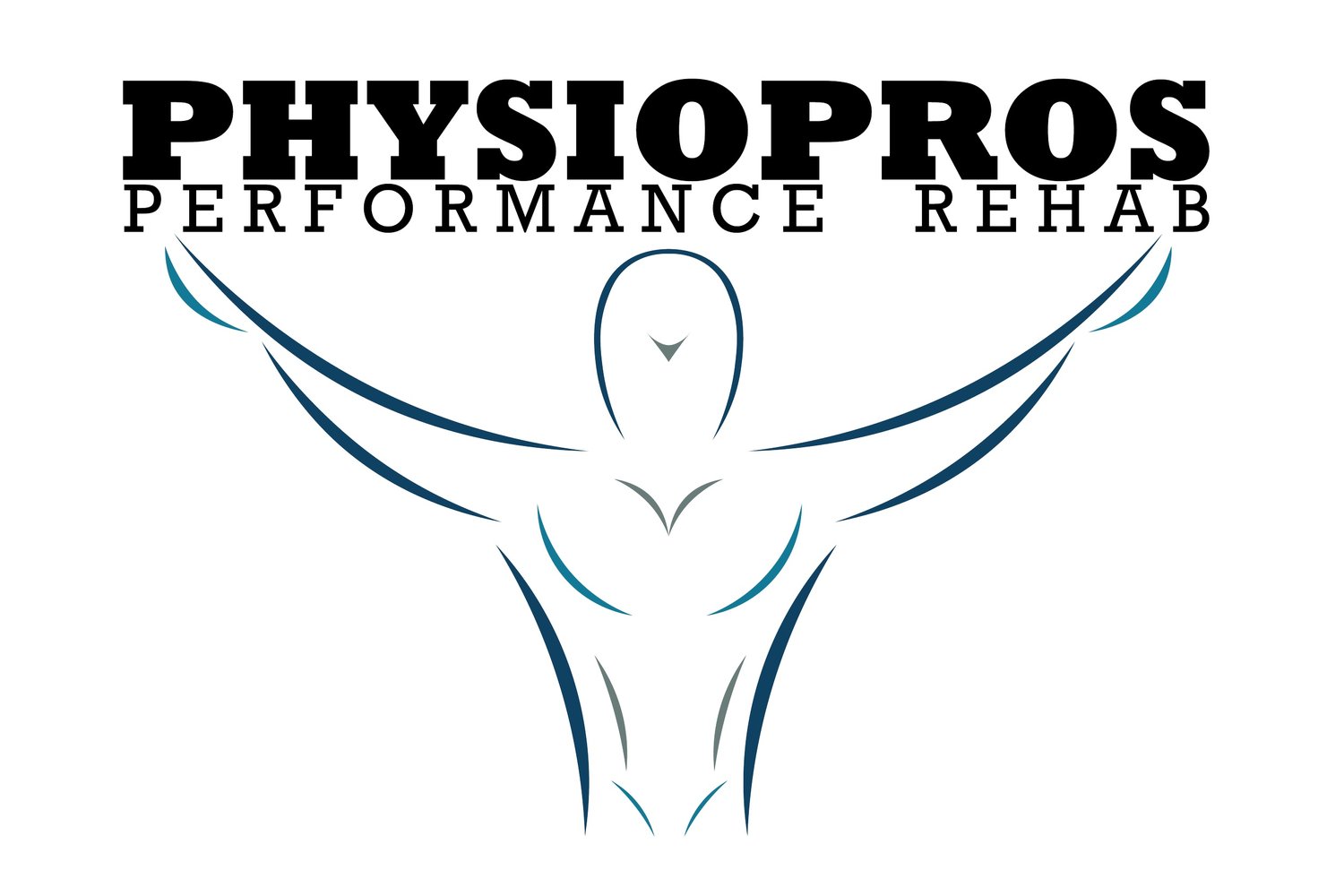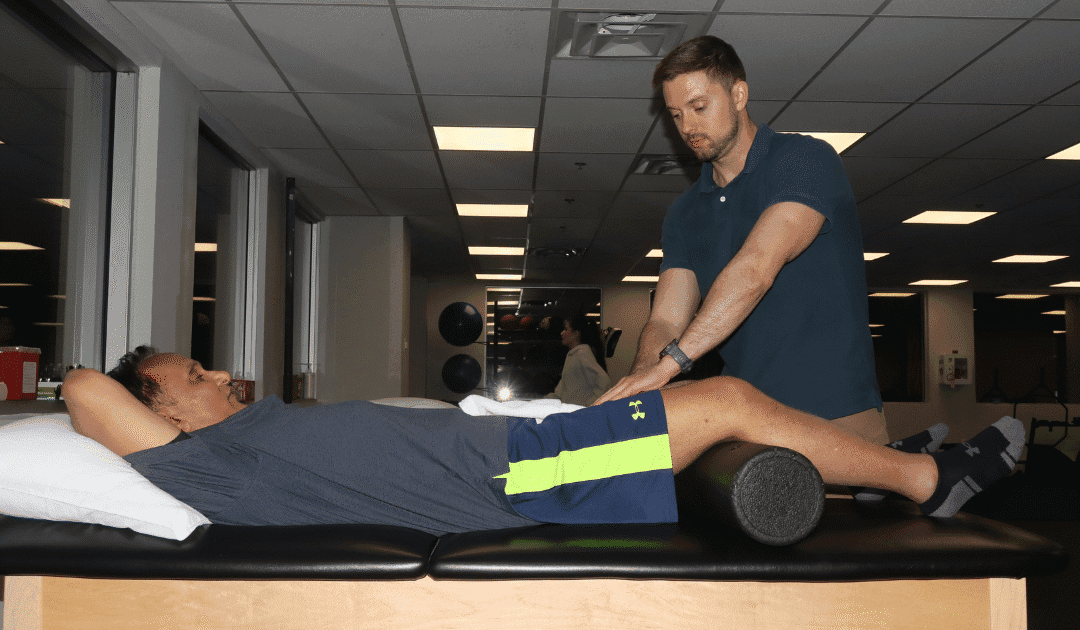Post Acl Surgery: Top 5 Early-Phase Exercises You Need.
If you’re navigating the post acl surgery phase, you know how critical those first few weeks can be. At Physiopros Performance Rehab in Parsippany, NJ, we guide you through safe, effective early-phase exercises that protect your graft, control swelling, and restore basic knee motion. Moreover, every session combines targeted exercises, stretching, and hands-on manual therapy, such as dry needling, cupping, and soft tissue mobilization, to jump-start your recovery. First, you’ll learn how to activate your quadriceps and improve knee flexion with gentle moves like quad sets and heel slides. Next, you’ll promote circulation and reduce inflammation through ankle pumps and other simple drills. By following this structured approach, you’ll build a solid foundation for more advanced rehab down the road. Ready to take the first step toward a stronger, more stable knee? Let’s dive into the top five must-do exercises you need for post acl surgery.
Understanding the Early-Phase Goals
Before jumping into any moves, it helps to know exactly what you’re aiming for during the early phase post acl surgery. First and foremost, you want to protect your graft. That means following a controlled progression, avoiding sudden twists or deep bends that could overstress healing tissue. Next, you’ll focus on controlling swelling and pain, because less fluid around the joint not only feels better but also makes it easier to move. Finally, you’ll work on regaining basic motion, hitting safe range-of-motion targets so you can smoothly transition into strength and balance drills down the road.
- Protect Your Graft: In those first few weeks, gentle loading is key. You’ll use light resistance and gravity-assisted movements to stimulate healing without compromising the new ligament.
- Control Swelling & Pain: Elevation, ice, and targeted manual therapy techniques, like cupping or soft tissue mobilization at our Parsippany, NJ clinic, help you stay comfortable and reduce inflammation.
- Regain Basic Motion: Achieving a few degrees of knee bend and straightening out your leg are milestones you’ll check off early. This mobility foundation sets you up for more advanced strengthening later on.
By tackling these three goals in each session at Physiopros, you’ll create a solid rehab roadmap that keeps you moving forward safely and confidently.
Exercise #1: Heel Slides
Purpose:
First and foremost in your post acl surgery journey, heel slides help you safely improve knee flexion without overstressing the graft. By gently bending and straightening the knee, you’ll promote joint lubrication, reduce stiffness, and kick-start your range of motion.
How to Do It:
- Lie on your back on a firm surface, ideally the treatment table at Physiopros Performance Rehab in Parsippany, NJ, or your home mat.
- Bend your uninjured leg and place that foot flat on the surface for stability.
- Slowly slide your healing leg’s heel toward your buttocks, bending the knee as far as comfortable.
- Pause for 2–3 seconds at your end range, then gently slide the heel back down until your leg is straight.
- Repeat for 10–15 reps, rest for 30–60 seconds, and complete 2–3 sets, 2–3 times per day.
Dos & Don’ts:
- Do move within a pain-free range; you should feel a gentle stretch, not sharp pain.
- Don’t force the bend, stop if you experience sharp discomfort or swelling increases.
- Do keep your back flat and core engaged to avoid compensating with your hips.
- Don’t jerk the movement; maintain a slow, controlled pace.
Progression Tips:
- Add a towel or strap around your foot once you regain a comfortable bend, gently pull to deepen the stretch.
- Elevate your heel on a rolled towel or small pillow to work on end-range flexion without weight-bearing.
- Combine with ice and elevation immediately after your session to control inflammation and support optimal healing.
With consistent heel slides, you’ll lay the groundwork for more advanced exercises, so stick with it and let your PT know how each session feels.
Exercise #2: Quad Sets
Purpose:
Another cornerstone of post acl surgery rehab, quad sets activate your quadriceps early to prevent muscle atrophy and improve knee stability. By learning to tighten that muscle without moving the joint, you’ll build a strong foundation for more dynamic exercises later on.
How to Do It:
- Sit or lie down with your legs extended and a rolled towel placed under your knee.
- Press the back of your knee gently into the towel, tightening your thigh muscle.
- Hold the contraction for 5–10 seconds, then relax.
- Repeat for 10–15 reps, rest briefly, and complete 2–3 sets, 2–3 times per day.
Frequency & Tips:
- Aim for short sessions multiple times daily, your quads respond best to frequent, low-load work.
- Engage your core to keep your pelvis stable and prevent compensations in your hip or lower back.
- Track your ability to hold the contraction longer or with more intensity; that’s real progress.
Troubleshooting:
- If you can’t feel the muscle activate, try placing your hand on your thigh to cue contraction.
- If you experience discomfort under your knee, adjust the towel height or switch to lying flat without the roll.
- If swelling spikes, cut back to one session per day and ice after completing your sets.
By mastering quad sets now, you’ll protect your graft and set the stage for straight-leg raises and mini-squats down the line, keeping your post acl surgery recovery on track every step of the way.
Exercise #3: Ankle Pumps
Purpose:
Ankle pumps are simple yet powerful moves. By actively moving your foot up and down, you’ll promote blood flow, reduce swelling, and help prevent blood clots, all without stressing your knee graft.
How to Do It:
- Lie down or sit with your legs extended and supported (on a treatment table at Physiopros or your couch).
- Point your toes away from you (plantarflexion), feeling a gentle contraction in your calf.
- Pull your toes toward you (dorsiflexion), stretching the front of your shin.
- Repeat this full range motion for 20–30 pumps, rest briefly, and complete 2–3 sets, 3–5 times per day.
Integration Tips:
- In bed: Do ankle pumps first thing after surgery and any time you rest to keep up circulation.
- Sitting: While watching TV or during quiet moments, slide your foot in and out rhythmically.
- Standing: Once you’re cleared for partial weight-bearing, perform pumps while standing to add gentle compression and further reduce swelling.
By consistently fitting ankle pumps into your daily routine, whether morning, afternoon, or evening, you’ll manage inflammation effectively and set yourself up for smoother progress into strength-building exercises.
Exercise #4: Straight-Leg Raises
Purpose:
Next in your post acl surgery rehab, straight-leg raises build quadriceps strength without bending the knee. As a result, you’ll reinforce stability around the joint while keeping stress on your graft to a minimum.
How to Do It:
- Lie on your back on a firm surface with one leg straight and the other knee bent (foot flat).
- Tighten your quad on the straight leg, press the back of your knee into the floor or table, and engage your core.
- Lift that straight leg about 6–12 inches off the surface, keep your thigh muscles working, not your hip flexors.
- Hold for 2–3 seconds, then slowly lower the leg back down.
- Repeat for 10–15 reps, rest for 30–60 seconds, and complete 2–3 sets, 2–3 times per day.
Progression Tips:
- Add ankle weights (1–2 pounds) once you can perform 15 reps comfortably with perfect form.
- Use a resistance band looped around your foot to increase challenge while still controlling the movement.
- Perform on a slightly inclined surface (like a wedge pillow) to shift the emphasis and further engage your quads.
By incorporating straight-leg raises into every session at Physiopros Performance Rehab, or your home routine, you’ll accelerate quad strength gains, protect your healing ACL, and prepare for more dynamic exercises ahead.
Exercise #5: Mini-Squats (Partial Weight-Bearing)
Purpose:
Finally in your post acl surgery early phase, mini-squats introduce gentle loading to your knee, helping rebuild strength in your quads, glutes, and hamstrings while maintaining graft protection.
How to Do It:
- Stand facing a sturdy surface, like the treatment table at Physiopros and hold on lightly with one or both hands.
- Position your feet hip-width apart, toes pointing forward.
- Bend your knees just 15–30 degrees (about a 2 to 3-inch drop), keeping your weight over your heels and chest lifted.
- Pause for 1–2 seconds at the bottom of the squat, then press through your heels to return upright.
- Repeat for 8–12 reps, rest for 60 seconds, and complete 2–3 sets, once or twice daily.
Safety Tips:
- Limit depth: Only squat as low as you can without pain or knee “give-way.”
- Monitor your knee line: Keep your knees tracking over your second toe—never let them collapse inward.
- Watch for discomfort: Mild muscle burn is OK, but stop if you feel sharp pain in your joint or increased swelling afterward.
- Progress gradually: As you gain strength, reduce hand support, increase depth by a few degrees, or add light resistance (bands or a light weight held at chest level).
By incorporating mini-squats into your post acl surgery routine, you’ll gently challenge your knee under safe conditions, laying the groundwork for full weight-bearing and more advanced functional drills in the weeks ahead.
FAQ
- How soon after surgery can I start these exercises?
Most patients begin gentle moves like ankle pumps and quad sets within 24–72 hours post acl surgery, once your surgeon gives the green light. Plus, starting early helps control swelling and kick-start muscle activation. - What if I feel pain during an exercise?
A little discomfort is normal when you’re healing, but sharp pain isn’t. If you pinch, pop, or experience sudden swelling, stop that exercise immediately and let your PT know so they can adjust your plan. - How many times a day should I do these exercises?
Aim for short, frequent sessions, 2 to 3 times per day, rather than one long workout. This steady approach keeps your knee moving without overloading it post surgery. - Should I work on my non-surgical leg, too?
Absolutely. While you focus on rehabbing your surgical knee, maintain strength and range of motion on your other side. Balanced strength helps prevent compensation and keeps your whole body aligned.
In Conclusion
Now that you’ve mastered these essential early-phase moves post acl surgery, you’re well on your way to rebuilding strength, reducing swelling, and regaining mobility. At Physiopros Performance Rehab in Parsippany, NJ, our expert team combines targeted exercises, manual therapy (including dry needling, cupping, soft tissue mobilization, and more), and one-on-one therapy to keep your rehab safe and effective.
Ready to level up your recovery?
- Book your next appointment at physioprospt.com or call us at (973) 265-8621.
- Ask us about advanced techniques like instrument-assisted soft tissue work or sport-specific drills once you hit your early milestones
Above all, remember that consistent effort and professional guidance go hand in hand. With the right plan, and the right partner, you’ll move confidently through every phase of your post acl surgery rehab toward a stronger, more resilient knee.

